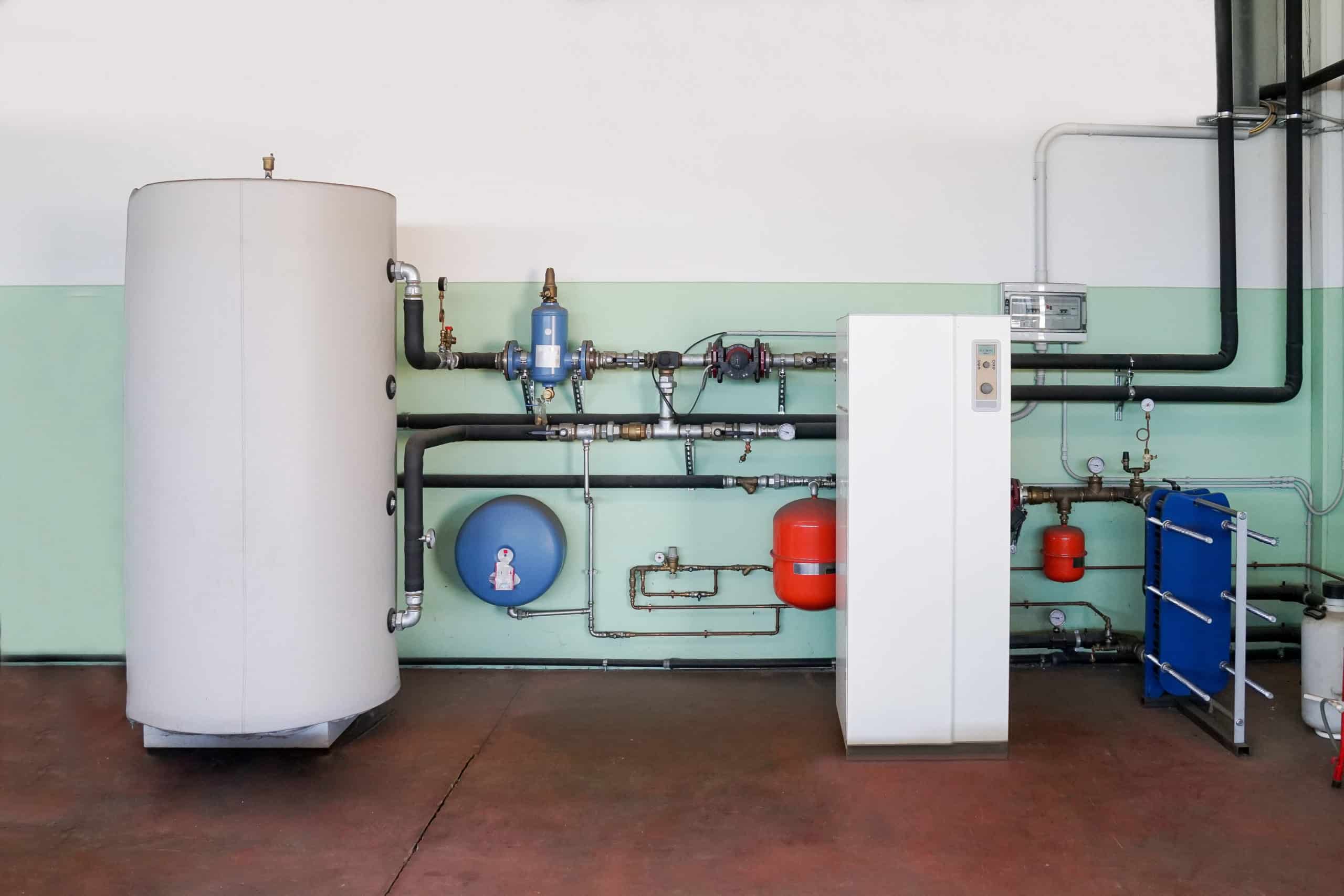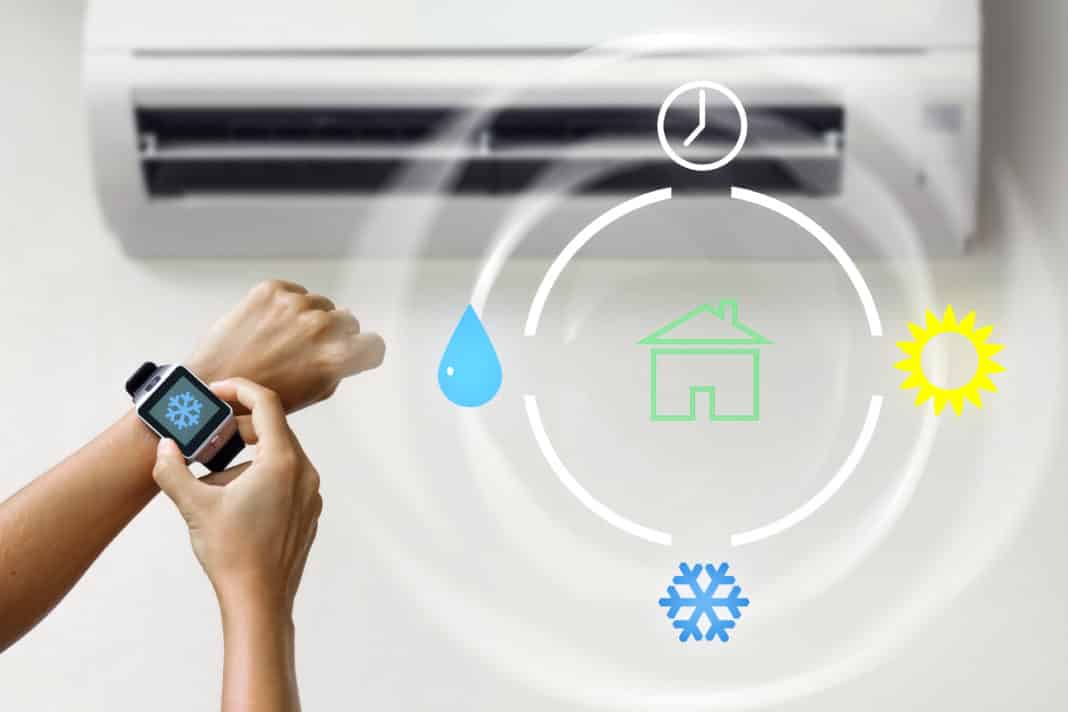Since the development of the first electric furnace in 1861, the HVAC (heating, ventilation, and air conditioning) business has advanced significantly. The quest for highly intelligent, fully automated HVAC solutions continues, from wood-burning to next-generation automated heating systems based on artificial intelligence. Now, new players take the innovation and technology to the next level.
Obviously, technology has certainly contributed to the development of the HVAC market, and it plays a key role in meeting the increasing need for energy-efficient solutions. The worldwide market for HVAC systems is projected to increase from USD$202 billion in 2020 to USD$277 billion by 2025.
Many HVAC technologies are still on the drawing board, but some of them may already be used to increase the comfort of their customers. Some HVAC businesses even use software with an all-in-one automated solution, like FieldInsight, to regain control of their workflow.
To keep you updated, here are the top innovations that are shapiing the future of commercial HVAC:
- Smart HVAC
Completely automated HVAC has become a possibility, thanks to intelligent technologies. Now, you can link your HVAC unit to other clever devices in your commercial establishment, and have it automatically comply with climatic conditions. In contrast to traditional air conditioners, Smart ACs allow the temperature to be maintained using a smartphone.
It provides sufficient comfort for you to set up triggers and manage your HVAC system from your mobile device, whether via planning or geofencing. You don’t even need to be in the building itself to transmit instructions to your unit. What’s also good about Smart HVAC is how it increases your awareness to adjust your consumption habits. You may now check days and times of unusual use, as well as keep track of your AC’s maintenance.
- Motion-Activated Air Conditioning
A motion-activated system seems to be such a brilliant concept, and it’s almost perplexing that it hasn’t been attempted before. MIT engineers have developed a novel air conditioning system that incorporates sensors linked along metal rods, suspended from the ceiling. These sensors are, then, activated by movement.
In other words, the air conditioner turns on only when there are people around. Amazing, isn’t it? Indeed, it’s an excellent solution expected to be one of the many future methods for lowering energy costs through need-only design capabilities.
- Ice-Powered Air Conditioning
It’s safe to say that air conditioners are constantly improving systems. This is why a California-based firm has developed an ice-powered AC system. This works mainly by freezing water into a tank overnight. The ice may assist in cooling a structure the following day. The design offers sufficient refreshment to a building for up to six hours, which is followed by the standard commercial air conditioner. This is definitely an energy efficient solution for long hours of HVAC operations, which may consume lots of electricity.

- Geothermal Heat Pumps
Geothermal technology is a significant investment that promises to give you considerable business savings. Even locations without geothermal energy in the vicinity may still be supplied with air conditioning and space heating. With more and more commercial establishments advocating greening, geothermal heat pumps have become more popular.
A geothermal heat pump receives its energy directly from the earth via a looping tube, absorbing the heat into your commercial property. When cooling is necessary, the process reverses, and the pump removes heat from the commercial building.
In addition, the provision of free hot water is a significant advantage for a geothermal heat pump. Thus, if you want to install geothermal technology in your commercial space, ask the help of experts..
- Double-Fuel Heat Pumps
A double-fuel heat pump system is an innovation that combines gas furnace with an electric heat pump, and, then, alternates the two fuels, thereby maximizing comfort and economy.
It works when the heat pump uses electricity to draw heat from the outside when the temperature is over 35 degrees. This is relatively inexpensive as compared to firing the oven, although gas is utilized for heating for greater efficiency when temperatures are lower than 35.
In addition, the dual-fuel heat pump is convenient to distribute air when the weather is cold. Even in the summer, the cooling system flows around the coil of the furnace to blast cool air.
Even though this dual-fuel heat pump system has high initial costs, it can be repaid over several years through energy savings.
Conclusion
The innovations in commercial HVAC give scustomers satisfaction, thanks to advancements in energy efficiency and fuel conservation. Such upgrades are utterly beneficial to any commercial establishment since they mean eco-friendlier HVAC units, which provide reduced energy expenses and result in bigger savings.





